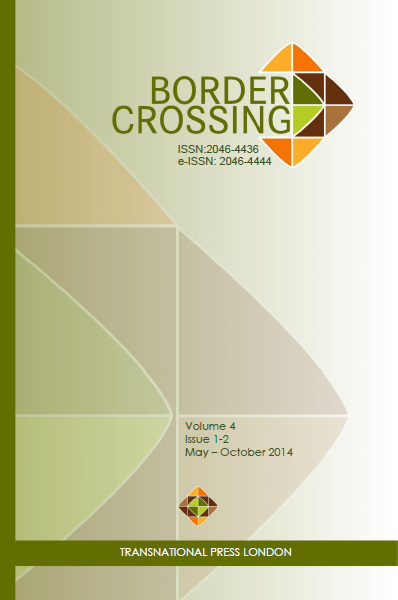Integration prospects of Turkey into European Structures and Turkish Immigration to Germany
Integration prospects of Turkey into European Structures and Turkish Immigration to Germany
Author(s): Milan PalatSubject(s): Politics / Political Sciences, Social Sciences, Economy, Geography, Regional studies, Labor relations, Nationalism Studies, Economic development, Migration Studies, Inter-Ethnic Relations
Published by: Transnational Press London
Keywords: immigration; correlation; receiving country; Germany; Turkey;
Summary/Abstract: The objective of the paper was to evaluate Turkey’s integration prospects into European structures and relationships between immigration from Turkey and economic indicators in Germany using quantitative methods. Despite Turkey’s unclear European integration prospects, it is predicted that Turkish immigration to established member countries of the EU will continue. The strongest waves may flow to Germany, Netherlands or France, where numerous Turkish minorities are already present and where the living standards are high. Results from the statistical analysis of the paper showed a positive correlation between immigration total and the growth of gross domestic product On the other hand, a negative correlation of immigration total and unemployment was found and a positive relationship between immigration total and income total which is in agreement with the expected dependency direction. With regards to immigration from Turkey it is less correlated to unemployment than immigration total. But there is a correlation between immigration from Turkey and the stock of foreigners in Germany This is in accordance with the theoretical concept of network theory where an existing community of migrants keeps attracting new migrants because the costs and risks associated with migration are lower, thanks to established linkages to the country of origin. The observed correlation of migration and unemployment points to the fact that immigration to Germany responds to changes in demand in the labour market. Even though a time lag may occur in the case of unemployment and immigration, migration appears to be a relatively effective mechanism to offset existing imbalances in German labour markets.
Journal: Border Crossing
- Issue Year: 4/2014
- Issue No: 1-2
- Page Range: 32-40
- Page Count: 9
- Language: English

